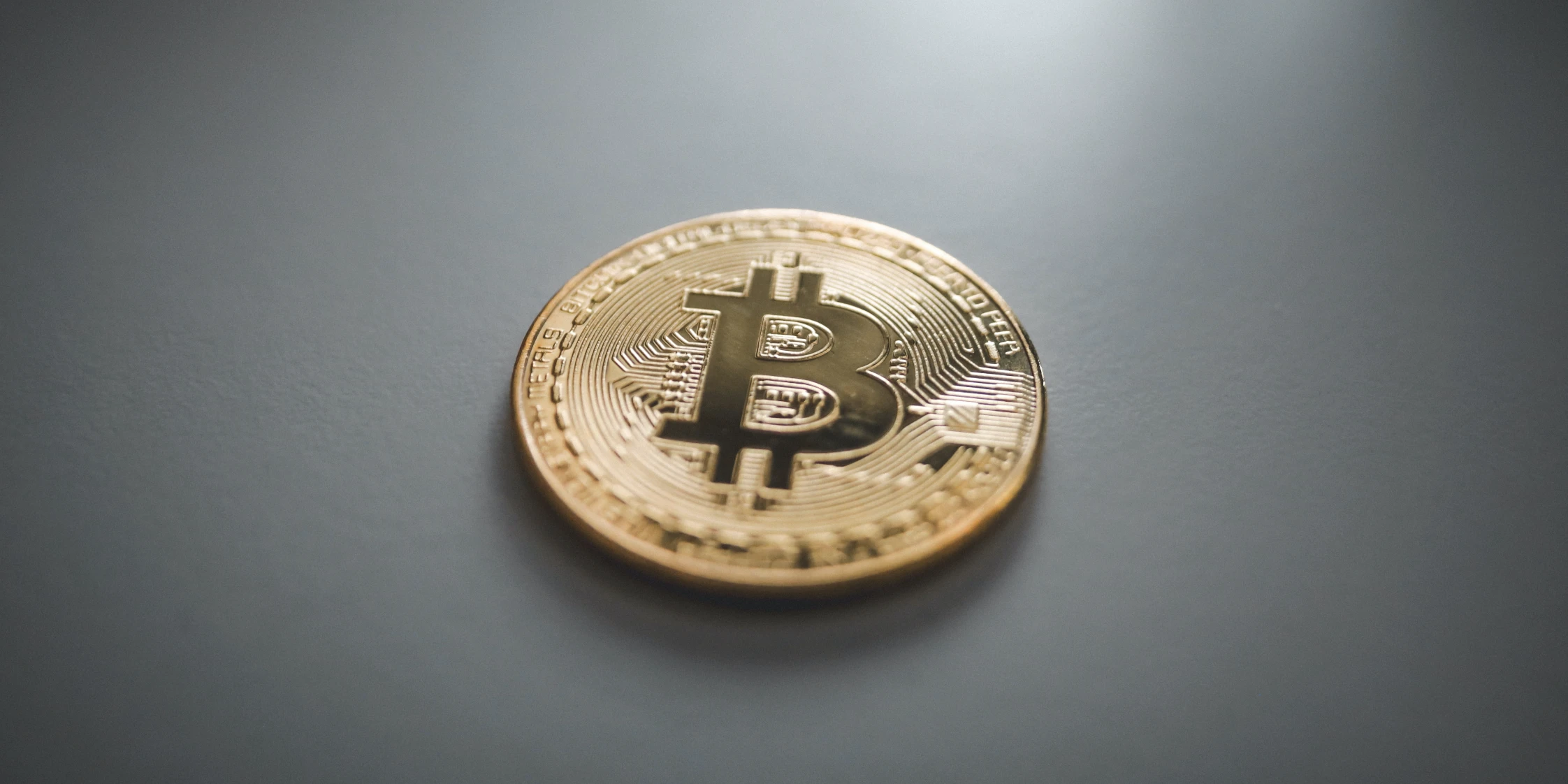Original author: PSE Trading Trader@MacroFang

Bitcoin prices have surged over the past two weeks (from $28,000 to $34,000) as investors anticipated a positive response from the U.S. Securities and Exchange Commission (SEC) on spot Bitcoin ETFs. This hope is reflected in Bitcoin’s performance compared to Ethereum. We are seeing more inflows into futures-based ETFs and more interest in CME futures and calls.
This could attract more investors who don’t want to deal with holding actual Bitcoin or worry about the funding and risk issues that come with current futures-based ETFs or trusts.
Cointelegraph ETF The news is fake, but the optimism is real
On October 16, 2023, Cointelegraph mistakenly announced that BlackRock had received the green light from the U.S. Securities and Exchange Commission (SEC) for its Bitcoin ETF. The news triggered a rise of about 10% in the cryptocurrencys value, and even after correcting the erroneous news, it maintained a gain of about 3%. Judging from the historical rally, the market is sure to be excited about any sign of imminent SEC approval, and price action is already starting to show this positive anticipation. After the court order was announced, the price of Bitcoin surged to mid-2022 levels. At the same time, GBTCs discount to NAV has narrowed rapidly. This discount can be seen as a measure of the markets estimated probability of ETF approval, considering that shareholders can exchange their shares for BTC at a 1:1 ratio (which has been observed in the equity ETF space to bring discounts close to 0%) .

GBTC’s negative premium continues to narrow
BTC: Bitcoin continues to surge after SEC court issues Grayscale order
In August, the Washington, D.C., Court of Appeals overturned the U.S. Securities and Exchange Commission’s (SEC) decision to block the Grayscale Bitcoin Trust (GBTC) from becoming an exchange-traded fund (ETF). The court called the SECs original decision random and impulsive and gave the SEC a 45-day period to counterattack. That period has now officially ended without any action from the SEC, making investors feel more hopeful that a Bitcoin exchange-traded fund (ETF) will happen soon.

BTC keeps rallying despite fake CoinTelegraph news, only surges after SEC court order
Even after CoinTelegraph’s erroneous news, Bitcoin (BTC) maintained its momentum and even grew following the SEC court order. The court recently issued a final order explaining what steps the SEC should take to approve the Grayscale ETF. However, its important to remember that approval is not a sure thing. There are still legal hurdles and the timing is unpredictable. In fact, some ETF applications have been delayed until 2024, and actions against cryptocurrency players continue. Even so, the likelihood of a spot Bitcoin ETF being approved has certainly improved. This idea has now become a major expectation among many market participants. It’s worth remembering that the SEC has approved not just Bitcoin futures ETFs, but leveraged Bitcoin futures ETFs. An Ethereum-based futures ETF was also recently approved.
BTC Dominance Rising: ETP Inflows Increase Again
As inflows into ETPs increase once again, Bitcoin’s position in the market is becoming more solid. A recurring theme we’ve been highlighting this year has been Bitcoin’s growing dominance – meaning its share of the global crypto market. This share increased in March, possibly due to some issues with regional banks in the United States, or perhaps due to the failure of traditional, centralized organizations fueling curiosity about decentralized cryptocurrencies. Bitcoin’s dominance rose again in June when several large financial institutions, including BlackRock, Invesco and WisdomTree, began filing for spot Bitcoin ETFs. At the same time, the SEC also gave its nod to the first leveraged Bitcoin futures ETF.

Bitcoin dominance remains high, ETF optimism temporarily focused on original cryptocurrency
After months of gloom (e.g., following the FTX collapse), regulatory expectations have become more optimistic, resulting in a surge in BTC ETP inflows. While these inflows receded for much of the summer, ETPs are starting to experience inflows again given the SEC’s failure to challenge a Washington, D.C., court decision in August. From our perspective, it is unlikely that these inflows will decline in the near term, especially as increased clarity between the SEC and ETF applicants appears to be on the horizon.

Bitcoin ETP flows picked up in June, with inflows increasing again as hopes of spot ETF approval grew
Speculative positioning rose after the SECs appeal window closed. The chart below shows CME Groups (CME) futures total open interest, which has been rising over the past few months. You can also see this in futures options, where open interest increases in call and put options.

Call and put open interest has risen as Bitcoin prices have risen since the Grayscale-SEC ruling in August
Open interest, both bullish and bearish, has accompanied the rise in Bitcoin prices since the Grayscale and SEC rulings in August. Bitcoin’s value is rising, driven by speculation that the United States is moving closer to approving a Bitcoin spot ETF. We believe this may be the case for more investors looking to avoid the hassle of managing and protecting “real” (in other words, virtual) assets, as well as with futures-oriented ETFs or investment letters.
BTC vs. US Stocks: Correlation Broken
The growing correlation between crypto and the stock market is temporarily slowing down. The main decline in correlation this year began with the crypto-stock divergence following the Silvergate failure. This turmoil within the larger traditional financial system may have sparked more curiosity in the DeFi space. The 1-month correlation jumped sharply before calming down again. While concerns about broader bank stress have all but disappeared, the 3-month correlation is not yet close to the levels we saw in late 22 and early 23.

1m Cryptocurrency stock correlations remain volatile
The correlation between cryptocurrencies and gold has dropped to near zero. Cryptocurrencies’ correlation with gold has declined sharply due to changes in cryptocurrency regulation and market concerns about the Federal Reserve maintaining elevated levels for the long term. This is the first time since SVB’s failure that it has fallen below the cryptocurrency’s correlation with stocks. Although the correlation between cryptocurrencies and gold has barely remained in the positive territory, the correlation between cryptocurrencies and stocks remains high and stable above 30% compared to Q2 and Q3.

Stocks’ correlation with cryptocurrencies remains higher than gold’s correlation with cryptocurrencies










